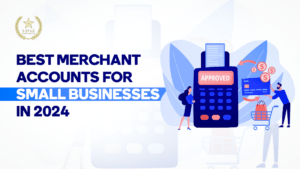Stripe alternative payment methods: Stripe was initially founded and initially marketed for its payment processing system. However, they are much more than just that. Nowadays, Stripe is considered a payment gateway, a device that allows online companies to process payments online, regardless of size and product sort. With Stripe, the ability to perform this without the need to set up an account for merchants. In addition, the company is a highly effective payment instrument with additional functions that include smart retries, automatic card updates, and a few fraud tools to reduce the chance of churn. There are other options for billing and payment infrastructure. Further details are down.
Who is Stripe applicable to use it for?
It is the preferred choice for numerous kinds of business that include:
- Ecommerce
- Marketplaces
- Mobile
- SaaS
The reason for this is that these business owners are particular. A significant reason is that with the ease of use of APIs and their numerous integration options (like online shopping carts), getting up and launching into the online world is pretty straightforward. This is ideal for businesses looking to get online as swiftly as possible.
There are many reasons to think about stripe alternative payment methods
In the wake of our engineers’ complaints regarding the integration of Stripe and the knowledge that we’ve gained from sales discussions, Here’s the scoop on the top reasons SaaS firms seek alternative solutions to Stripe:
Making a piecemeal stack may take time and effort.
The Stripe service is just one component of your payment infrastructure: the payment gateway. It’s also not an all-encompassing solution. Due to this, it’s necessary to integrate and manage the supporting tools for invoices, tax, subscriptions, and SaaS analytics. Build your own. Two situations would create excessive effort for teams. One is managing accurate SaaS metrics. This requires the payment, subscription, and reports to be in sync. A second issue is how to integrate tools for sales tax. This requires an extensive integration of each transaction, incorporating countries, product, and customer-level data. Additionally, Stripe prevents the integration of popular payment processing methods like PayPal (as they’re directly competing with each other). If you want to use PayPal using the Stripe system, you’ll have to duplicate all of your infrastructure in other places. The scope of integration, installation, and maintenance. The more integrations you’ve built, the more likely you’ll have problems to arise, which can result in more support requests from clients who cannot modify their subscriptions or more frequent churn because of failed payment processing.
Further work to maintain
If using a payment processor like Stripe, your company’s developers must integrate and manage all of the required tools supporting invoices, taxes, subscriptions, and SaaS metrics. You can also build your all-inclusive device. Stripe users generally wish to begin as swiftly as possible, with minimum work required, to get the best results from their payment systems to increase earnings. Stripe APIs make that feasible if you’re in the market for speedy and straightforward work. Those looking for the most efficient potential performance from their payments require more work with the Stripe accounts. The more features and applications you integrate into your custom payment system, the greater the likelihood of things going wrong. Also, it leaves one of the gaps in your payment infrastructure that completely blocks or hinders your system’s ability to react to emerging growth opportunities. That means that most Stripe SaaS users could be missing out on revenues. The evidence suggests this is the case in various locations, like international payment inability and fraudulent flagging. If you’re in the U.S., however, you have clients trying to pay internationally; Stripe is sending your business to the customer’s bank through intermediary banks, which have little trade history with your company. It is common for this to result in declines.
Tax liabilities can be tangled.
Tax burdens are among the main reasons SaaS companies move away from Stripe. The process is complicated because selling software has no borders, and tax compliance is satisfactory. The digital world is a complex one. Sales tax must be paid in the location where consumers are and not at the place where the provider is. Taxes must be integrated into every single transaction throughout the customers’ lifecycle. It must be arranged for every product and location. Even after Stripe bought TaxJar in 2021 and made it simpler to incorporate sales tax calculations, customers must sign up to file, pay, and then remit the taxes themselves. Although TaxJar can offer “Autofile” (a program that can file taxes on behalf of customers), it is only available in the U.S. now. To use TaxJar Autofile, organizations that use Stripe have to create and connect a TaxJar account. There is no native solution.
Other options for stripe alternative payment methods
We now know why SaaS firms are searching in search of alternatives. Stripe: What are the different options for addressing these issues, and how can you determine which one is best for you?
-
An agent of record
If you’re searching for the most comprehensive solution, An MoR could be the solution.
Merchant of Record (MoR) offers services, support, and technology to help you increase your profits throughout the payment process and each customer’s lifecycle. It also enables you to optimize your business growth.
Let’s dissect this model in terms of context:
- This is more than a payment gateway. A payments infrastructure based on the MoR model provides an integrated solution to take payments from check-out, pricing, regionalization, subscription renewals, and localization (and other things).
- Don’t worry about sales tax. With this model worldwide, sales tax is managed for all of you in one integration and includes full responsibility for tax compliance.
- Enhance the performance of your company. It is an infrastructure that runs the entire process of paying and will be kept up for your benefit – remember to mention the software and assistance that will create the perfect experience for your company’s needs.
- Cost one-time: One cost will cover the cost of $$$ that you’d spend on additional equipment, integration procedures, and additional staff, as well as the benefits of higher efficiency.
These are the most critical MoRs that you should think about:
5 Star processing
5 Star processing offers small business growth services that are unmatched. Every day, we offer products and services to fit the needs of our small business owners. Whether you want to start accepting credit cards or need guidance on where to begin, we have it all. 5 Star Processing’s advanced chargeback and fraud management tools are vital features. Our tools and technology are designed to help businesses manage their chargebacks and fraud effectively. You will have greater control of your finances if you choose 5-Star Processors for high-risk account processing. You can set your criteria to accept or reject transactions using cascading filters and rules. A high-risk gateway is also available, which protects financial data and helps prevent fraud. Our services allow you to easily manage several high-risk merchant accounts, allowing your business to expand its payment processing capabilities.
Paddle
Paddle is a MoR and a service provider for payment infrastructure explicitly designed for SaaS businesses. The company manages the entire aspect associated with payment infrastructure (aka making sure you tick all the bullet points listed above); Paddle covers everything from customer acquisition through renewals and even expansions. The goal is to make software companies “growth-ready” and ready to grow up or down the market and internationally (ultimately optimizing their income intake). One of the main differences between Paddle and the other MoRs is that Paddle was created and designed with SaaS business owners and entrepreneurs. Created specifically to cater to the software sector, Paddle uses the proven MoR business model and implements it into a new, rapid payment infrastructure. There needs to be more effort to manage the old software.
The key features are:
- Automated payment straight from the box. Immediately access multiple banks that acquire your money and intelligent payment routing, giving your payment the most excellent chances of success no matter where the customer is.
- Localization: Switch on local payment options and currencies in just one mouse click.
- Tax Compliance: Paddle takes away the hassles associated with sales tax and tax compliance regardless of where your clients are located and any sales tax liability.
- Multiple integrations: With the help of various connections (including PayPal), your system of payments is set to become much more efficient and effective.
- Dedicated support: Paddle is a partnership rather than a supplier that caters to scaling software firms, offering SaaS experts on call and providing advice to larger companies.
We have spoken to thousands of SaaS companies about their payment infrastructure and the best solution that suits their needs. Reach out and talk to a specialist today.
Cleverbridge
Cleverbridge is a cloud-based, global online e-commerce platform that provides bill solutions for digital products and online services and SaaS firms operating in B2C and B2B marketplaces. With its full-featured MoR system, Cleverbridge has been designed to provide global sales tax compliance and subscription payment features. It offers many different billing options and is perfect for big businesses with dedicated engineers managing their payment infrastructure. Cleverbridge is explicitly designed for international companies with customers from around the globe who require sales tax compliance services. However, Cleverbridge is not explicitly tailored to SaaS features like B2B and key subscription models. This means there are some restrictions on how it can support this particular business model.
FastSpring
FastSpring is a different MoR that handles online payments to businesses that offer digital and physical products. The MoR has the following features that are essential to:
- Management of subscriptions
- Sales tax compliance
- Billing and payments
- Fraud protection
- Recovering revenue
- Analytics
In the end, FastSpring acts as a reseller that sells goods and services and processes online transactions for the benefit of clients in the business. FastSpring can be utilized by SaaS businesses seeking a solution to handle subscriptions and payments. Controlling compliance with sales tax is feasible using FastSpring. This is particularly beneficial to SaaS businesses operating globally or in domestic areas similar to the U.S., where the sales tax law is highly complex. FastSpring does not specialize in SaaS; therefore, you’ll be required to develop a payment system designed to the SaaS model that includes:
- Flexible subscription plans, as well as recurring billing
- Simple localization methods that incorporate currency and local languages.
- Adequate customer support and advice services that help you carry out SaaS strategies
- Unifying data, reports, and analytics allows you to react swiftly to emerging markets.
Payment gateways
It is also possible to think about more directly, “like-for-like” rivals: alternative payment processors. The purpose of payment gateways, like Stripe, will be to allow companies to accept online payments. Naturally, businesses face the same difficulties and issues as Stripe. However, among the payment gateways, You’ll find a wide range of charges and services—payment techniques, integrations, other third-party tools, and additional functions.
Below are the alternatives to Stripe’s payment methods in addition to Stripe:
Braintree
Braintree is a great option to use in conjunction with or instead of Stripe, particularly if you want to integrate PayPal integration. After being bought by PayPal, it now has an integrated native system, making it perfect for businesses that sell B2C products or B2B services, specifically in European countries where PayPal is the top digital wallet. When using Braintree, however, you’ll need to establish the subscription billing, analytics, and tools for localization, in addition to staying current with international tax-related compliance (which is a task on its own). Stripe and Braintree each offer the same service with similar rates of performance and a similar cost. It is ideal for companies that want to start up quickly, but the sheer number of manual integrations and the additional equipment required could slow them down in the long term.
PayPal
A must-have among the most well-known and reliable payment methods or digital wallets, PayPal makes online payments simple (and safe). It’s also an excellent choice for companies that sell B2C or to the European market. Since it’s just one payment technique, PayPal typically runs along with a different payment gateway, which offers a variety of payment alternatives. Due to its popularity, most companies need to use PayPal as a payment option.
Adyen
Adyen is a focused enterprise payment firm that has powerful payment features. Adyen has set up its acquisition banks within major international markets. It benefits larger companies with specific engineering teams to handle and manage the revenue structure. Recently, Adyen became accessible to small businesses who want to migrate. Compared with Stripe, Adyen has fewer critical features due to its business orientation. Many of the features they offer will require more integration work to add on top of, specifically with tax and subscriptions, SaaS metrics, and reconciling invoiced wire transfers. Regarding price and quality, transaction fees can be adjusted depending on the payment amount. For Adyen, the cost is typically on an exchange model that is not a set percentage transaction fee.
Checkout.com
Checkout.com is a fast-growing payment service primarily utilized by mid-market and large businesses. Pousaz Their CEO, Pousaz, has the following to say about Stripe vs. Checkout.com: “We solely deal with enterprises. We only deal with large merchants. However, there are exceptions from time to time, but the majority of them are generally enterprise-only, and solely on the internet”. Various payment methods and attractive features like transparent pricing and payment routing exist. You’ll understand why Checkout.com is the preferred choice of the largest companies. However, it still faces the difficulties of a single service provider, like many other payment gateways.
WePay
WePay is an online payment service part of Chase Merchant Services and is designed to meet a specific requirement. Instead of permitting businesses to accept payments online, WePay works with companies that wish to let their clients make and receive payments. WePay is a WePay service primarily a SaaS company and was explicitly designed to serve a distinct audience as Stripe. Its goal is to enable different platforms to develop a payment system that is similar to the one they have.
Key Features
- Highly user-friendly and fast, with easy onboarding and little learning curve
- Flexible APIs that reduce technical costs and improve user experience
- The focus of the developer is to assist in integrating swiftly with SDKs, as well as open-source code samples
Cost
WePay needs to provide a clear explanation of prices on its website. The software is completely free. Processing of payments begins with 2.9 percent plus 25 cents for each transaction made with credit card transactions using WePay Link. WePay Link. The offer is only available for newly established U.S. businesses only.
Pros
- It is highly convenient for businesses of all sizes who collaborate with WePay partners
- The user-friendly interface is highly friendly to developers.
- The best platform for marketplaces and SaaS businesses that require branded payment
Cons
- Insufficient for global trade and does not provide transparency about pricing
- There is no support via phone to answer technical queries.
- Processing costs could be high and will depend on several elements.
Conclusion:
Stripe alternative payment methods: The Stripe platform has grown from the beginning as an online payment processing platform to an all-encompassing powerhouse within the online payment sector. Apart from being a world-class payment platform that can facilitate transactions for companies of all dimensions and kinds, Stripe offers a seamless user experience that eliminates the requirement to set up complicated merchant accounts. The company’s strength is not just in processing payments but also in the variety of other functions it offers. With intelligent retry systems, automated card updates, and robust methods to stop fraud, Stripe ensures uninterrupted operations and reduces the risk of Churn. Rated as a top web-based payment service, Stripe provides an efficient, secure, and complete collection of payment options. The platform’s flexibility is akin to various payment techniques, ensuring the smoothest experience for clients and merchants. In focusing on security and staying efficient, Stripe has established itself as the top choice for companies looking for a secure and modern payment infrastructure. By simplifying transactions and decreasing the friction of online transactions, Stripe continues to set standards of excellence within the ever-changing electronic commerce marketplace.







